Blog posts about Expert's View
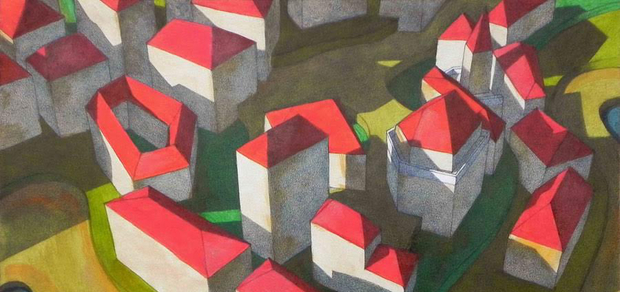
Curator's Choice on World Child Cancer Exhibition: "Diversity"
One of the key-words describing USEUM’s collection is diversity. Artists from over 100 countries continue to participate in sharing their artworks with art lovers and professionals worldwide. USEUM connects graphic designers from the United States to painters from Kenya to illustrators from the Philippines, and it is wonderfully inspiring to see both the differences and similarities between artists from different countries.
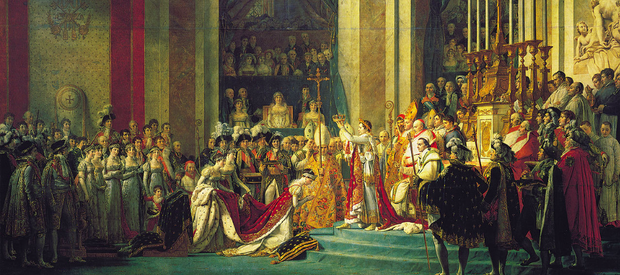
Jacques Louis David: The Robespierre of the brush
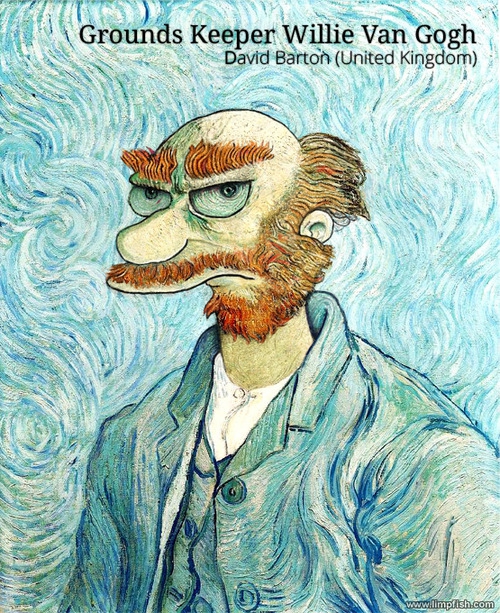
David Barton's art can only be fun
Who said that art can’t be fun? Certainly not David Barton! With his work he is not making fun of works by ‘old masters’ but rather gives a new life and meaning to them by using contemporary icons, widely recognisable by anyone. In this way he actually makes art more approachable to the wider audience; rather than hailing the ‘iconic paintings’, the ‘masterpieces’ - terms widely used when referring to the work of Van Gogh, Seurat and Monet among others - he takes a brave step by actually using this much celebrated paintings and recontextualising them in modern day society.

Santa baby
It is the most wonderful time of the year: cities wear their festive attire to celebrate Christmas and welcome the New Year, a transition that brings joy to most people and inspiration to artists.
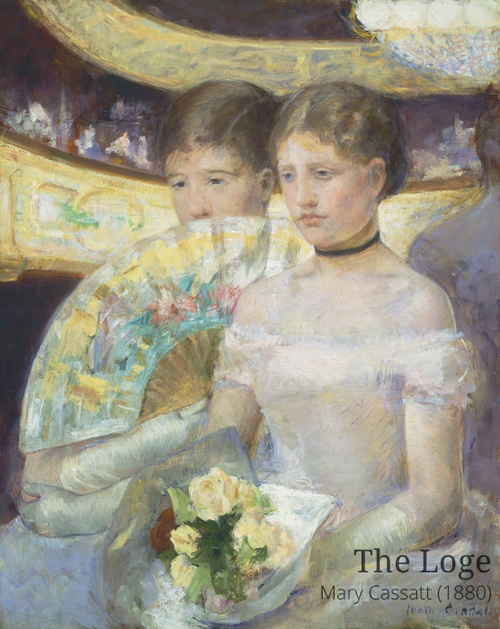
The Impressions of Mary Cassatt
There are very few female artists from before the 20th century that have survived in books of art and Mary Cassatt is one of them. Since women were not accepted at the École des Beaux-Arts in Paris at the time, she took private lessons and later exhibited with the Impressionists, to whom she was introduced by her friend Edgar Degas.
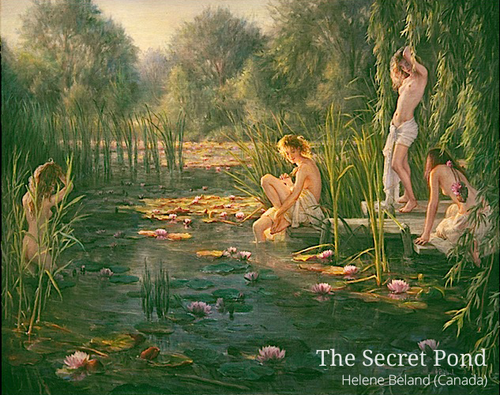
Bathers
Throughout the centuries a recurrent theme in art is the depiction of bathers, nude men or women relaxing at the banks of a river or lake. Of course, in the Renaissance and Early Modern period nudity was forbidden unless it was presented in the context of a religious or mythological subject matter. But ever since the Industrial Revolution when tastes changed along with the buying audience, artists could paint realistic nudes, which were often placed in the natural environment, thus depicting the romantic notion of utopia.
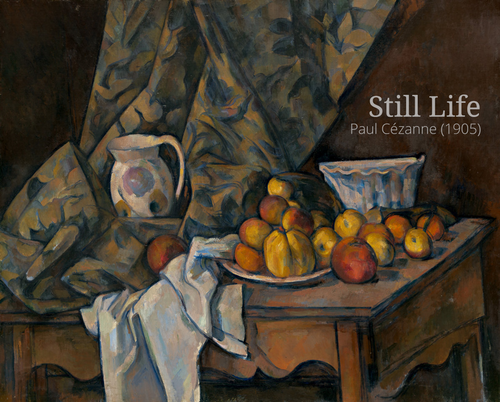
Reality through the eyes of Cézanne
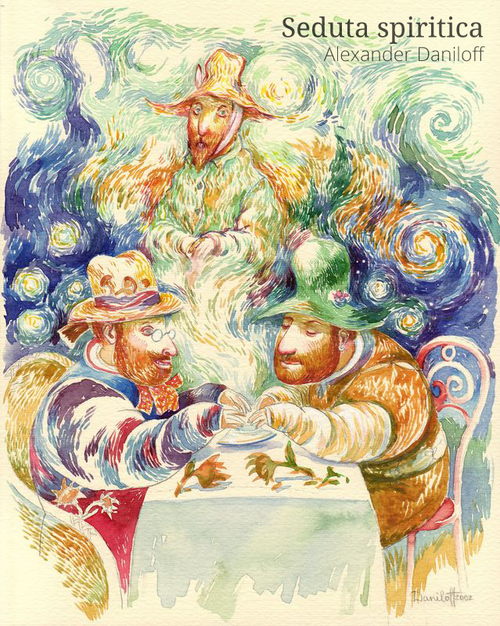
Sunflowers
Flowers and plants have always been one of the most favourite and commonly depicted themes by artists either forming the subject of the artwork itself or serving as a decorative element. Some flowers however have been more extensively used through time, such as the sunflowers. The use of sunflower as a theme dates back to the Greek mythology, where according to the myth the nymph Clytia was transformed by Apollo into a sunflower.
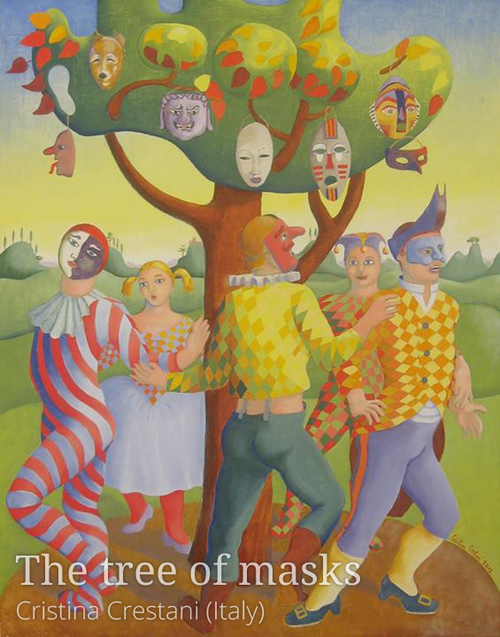
Pierrot le Fou
It is interesting how Commedia dell’ arte, a form of theater that dates back to the 16th century, still inspires artists and all sorts of creatives in the visual arts field, with a famous modern example being Pierrot le Fou (1965),the movie by Jean-Luc Goddard.
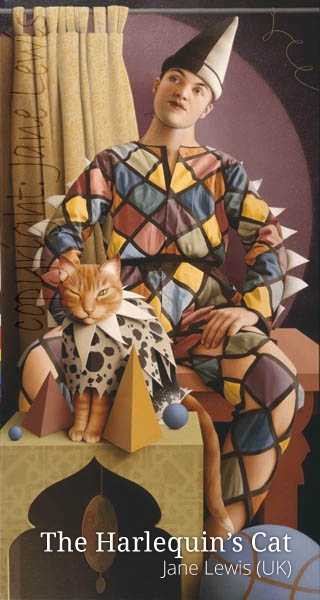
The Joker
Harlequin, the French name of the Commedia dell’ arte character Arlecchino, the Joker figure of the cards that inspired the archenemy of Batman, originates back to the devilish character found in medieval passion plays. Jane Lewis depicts him in The Harlequin’s catas the light-hearted young manfirst introduced in the Italian theatre, but with the chequered costume that he acquired from 17th century Parisian fashion.
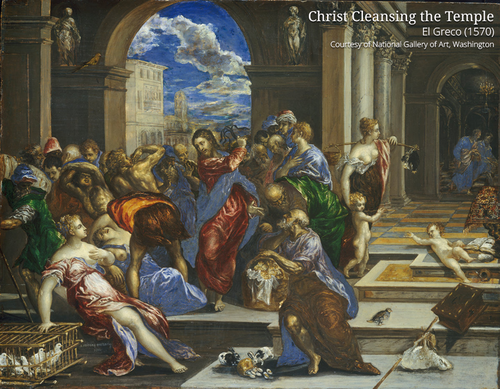
El Greco: 400 Years On
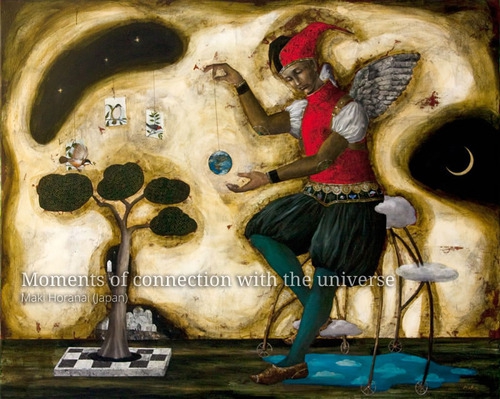
Tales of Maki Horanai
The works of Maki Horanai look as if they were illustrations from medieval or byzantine manuscripts. The linear shape and serious expressions of her figures render them highly spiritual, while the golden background further intensifies their transcendence.
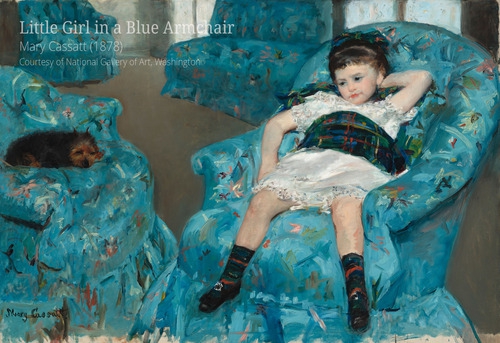
Mary Cassatt: A Woman's World
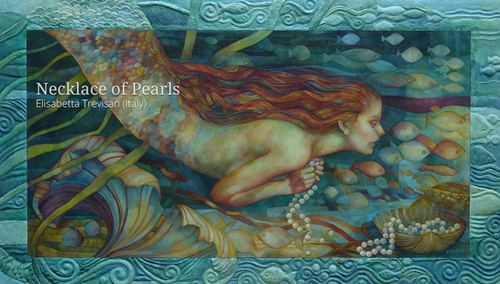
Expert's View: Elisabetta Trevisan (Italy)
Elisabetta Trevisan, inspired by the Renaissance and the Pre-Raphaeliteswith their infamous depiction of female figures in interior and exterior environments, has created a stunning oeuvre dominated by women with beautiful hair styles and flowing fabrics. Paying attention to detail, her figures are engaged with their surrounding environment and in some cases they even become an integral part of it.
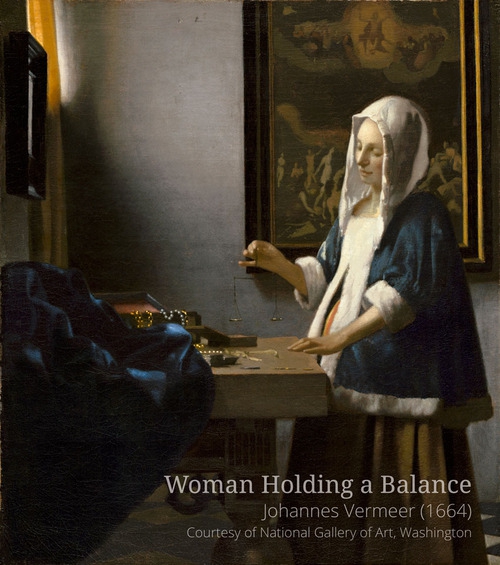
Vermeer in Details

Cole's Voyage of Life
Thomas Cole (1801-1848) is largely considered to be the founder of the Hudson River School. The Hudson River School is one of the first artistic movements that were developed in America after the War of Independence. It was an artistic fraternity focused on the American landscape and heavily influenced by romanticism.

Moments of Juliano Lopes
Juliano Lopes creates works that combine a Renaissance perception and love for the human body with a contemporary approach to painting. The subject of his paintings is quotidian matter; casual moments in the everyday life of people are brought to our attention. A typical example is the series Feet & Books (2014) with people dressed in a rather retro style and reading books, an activity that, with the increasing use of eBooks, is becoming retro itself.
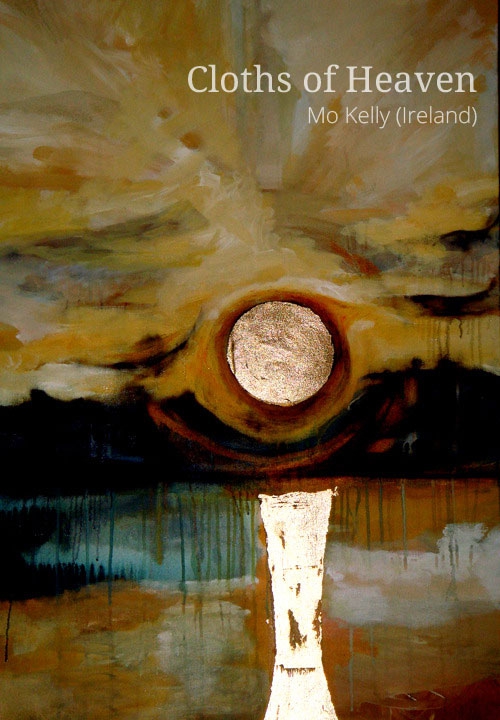
Light by Mo Kelly
Mo Kelly is inspired by the feelings that emerge during everyday incidents, which she expresses through her works in a truly original way. At first glance the influence of Symbolism and Edvard Munch is evident in the way that the artist treats the environment that surrounds her figures.
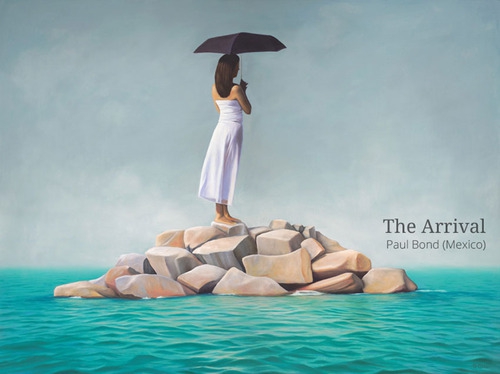
The Magical World of Paul Bond
Through works that balance between New Objectivity and Surrealism Paul Bond invites the viewer to explore real-world settings amplified with fantastical elements that reveal the magic hidden in seemingly mundane situations.
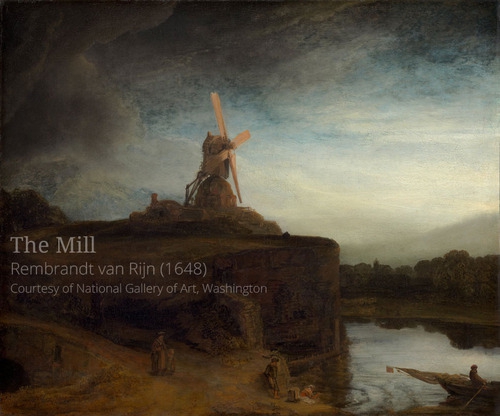
Rembrandt – A small glimpse of a true Master
Rembrandt Harmenszoon van Rijn (1606-1669) is considered to be one of the greatest painters and etchers in the history of art, and he definitely is the most important from the Netherlands. He is the prevailing artist of what is called the Dutch Golden Age, alongside Vermeer, Jacob van Ruisdael and Frans Hals. Rembrandt prevailed over the other artists of the Baroque movement, the prominent artistic style in Europe at the time, with his unique and simple style.